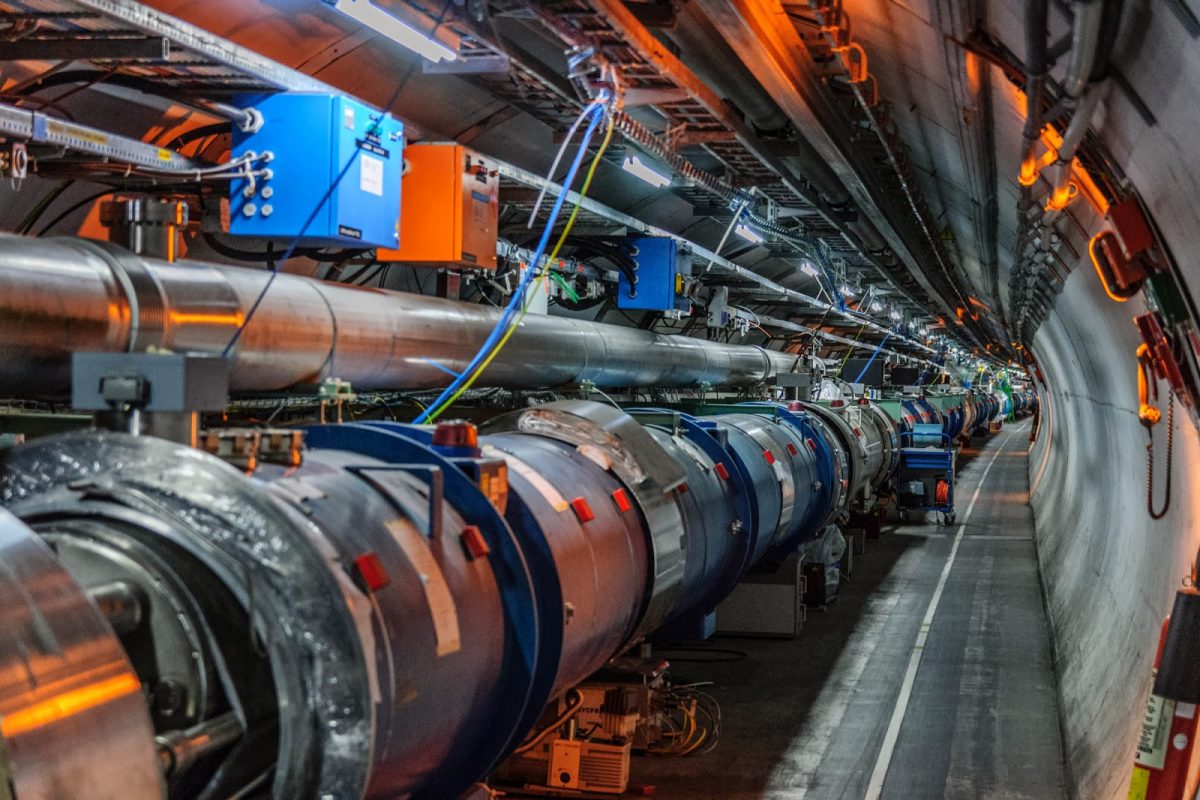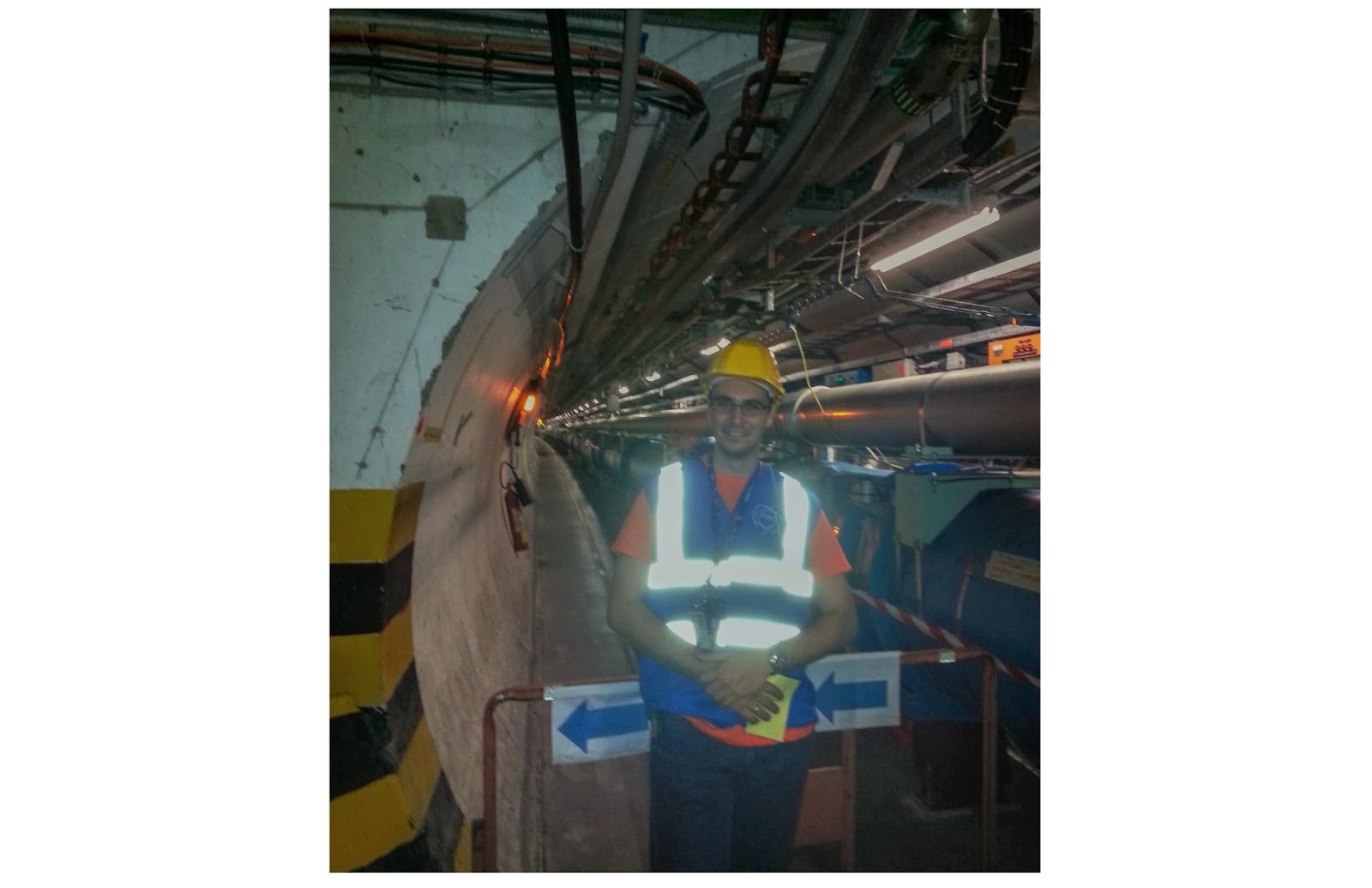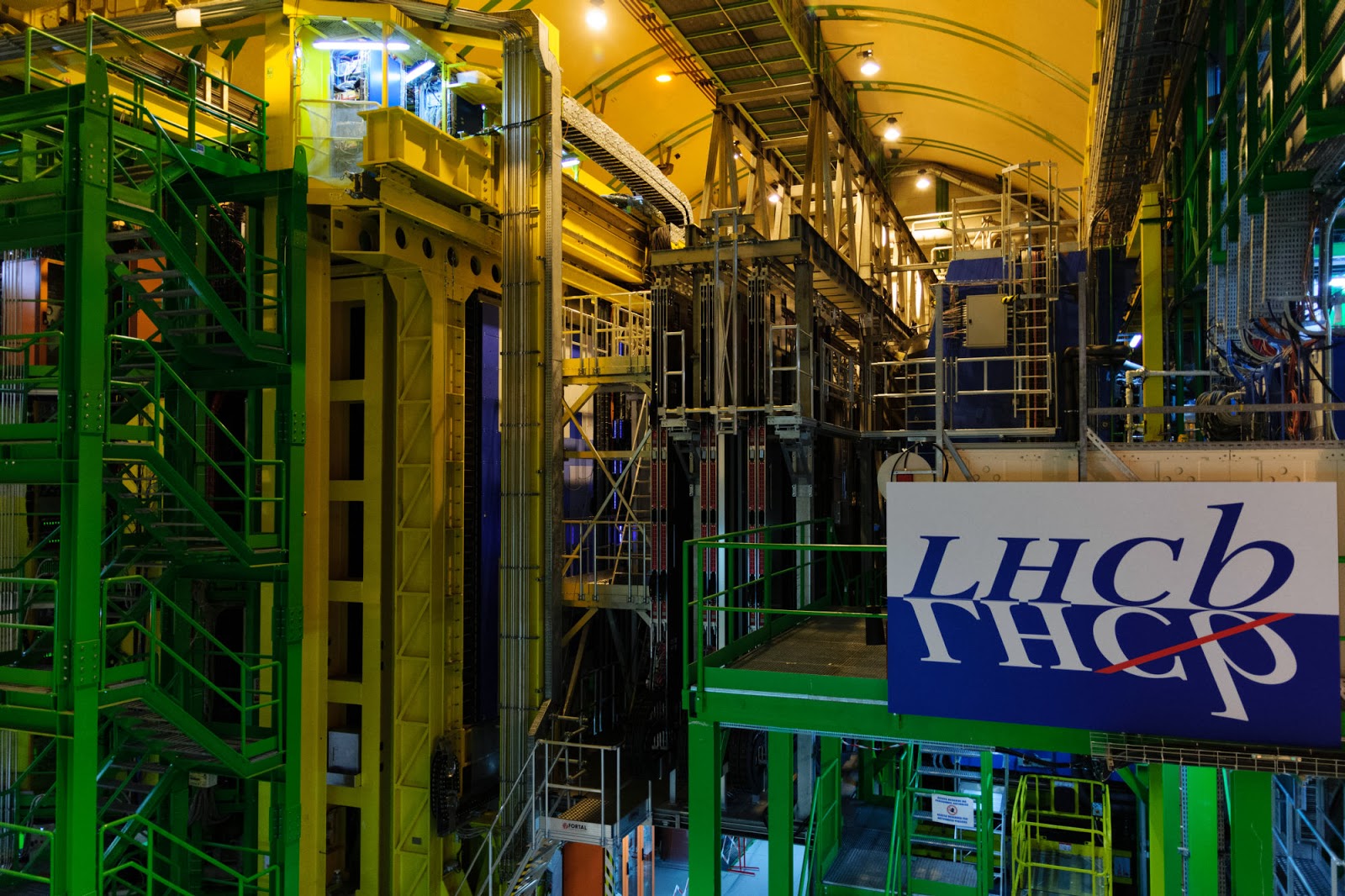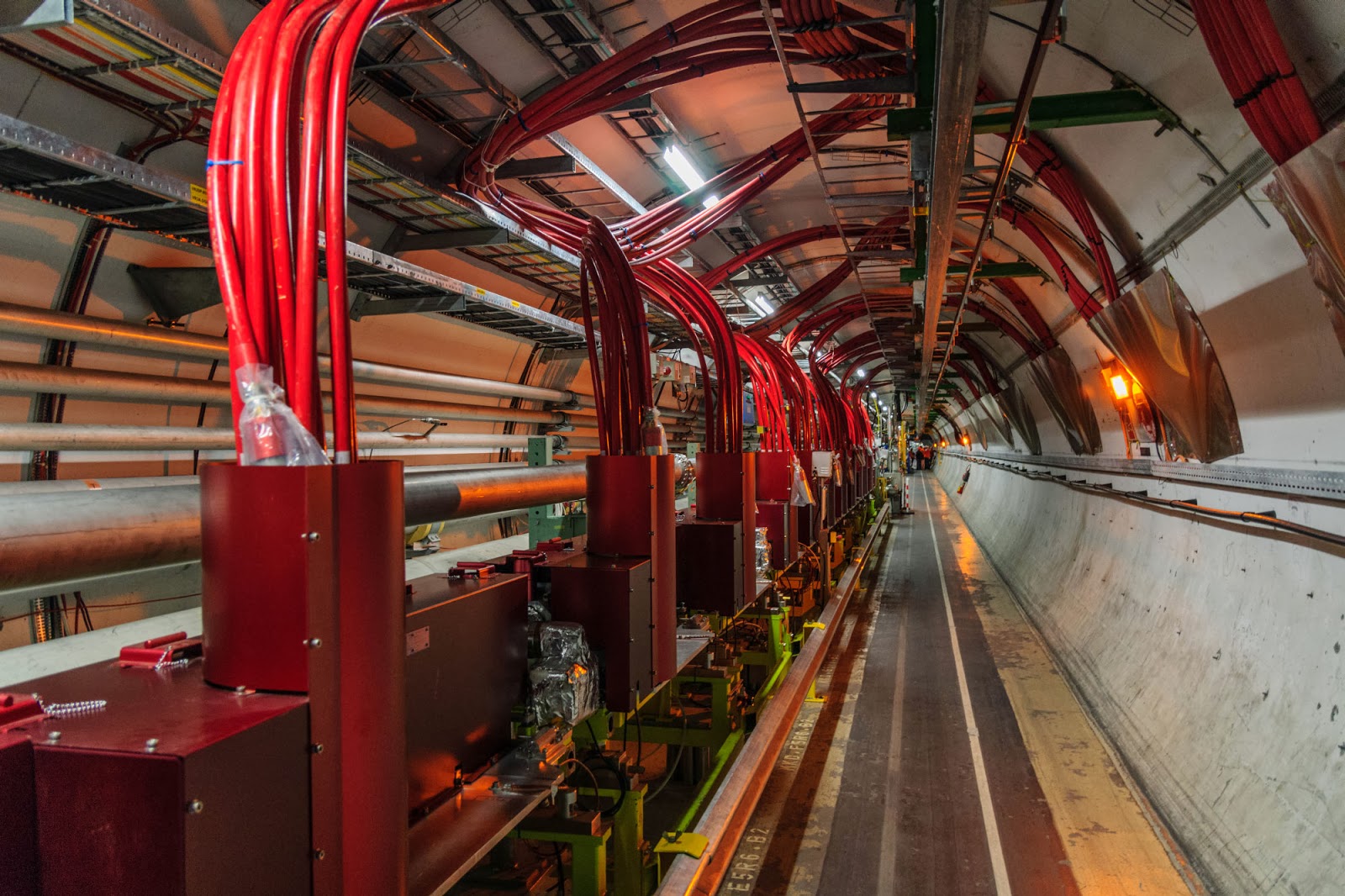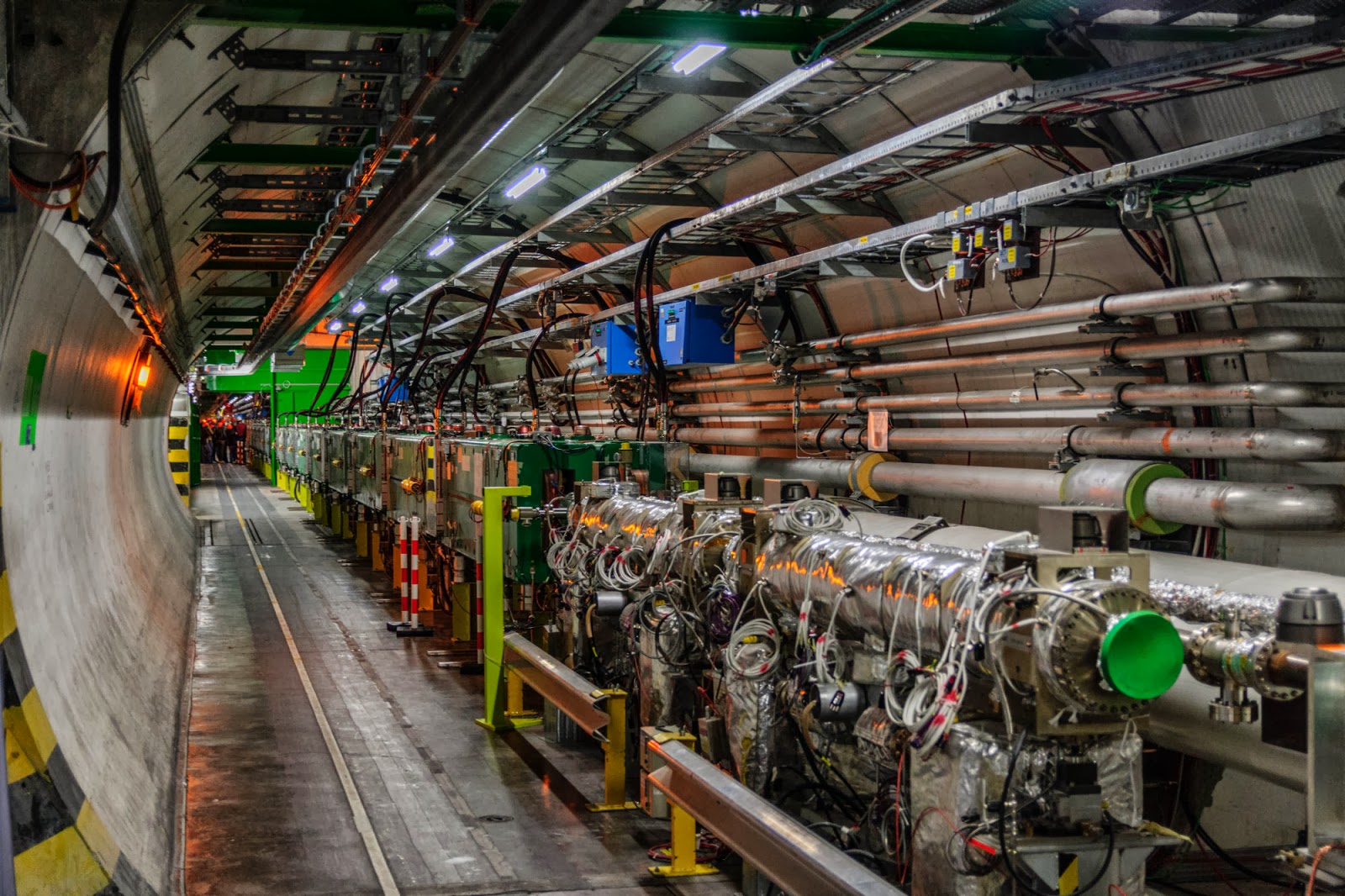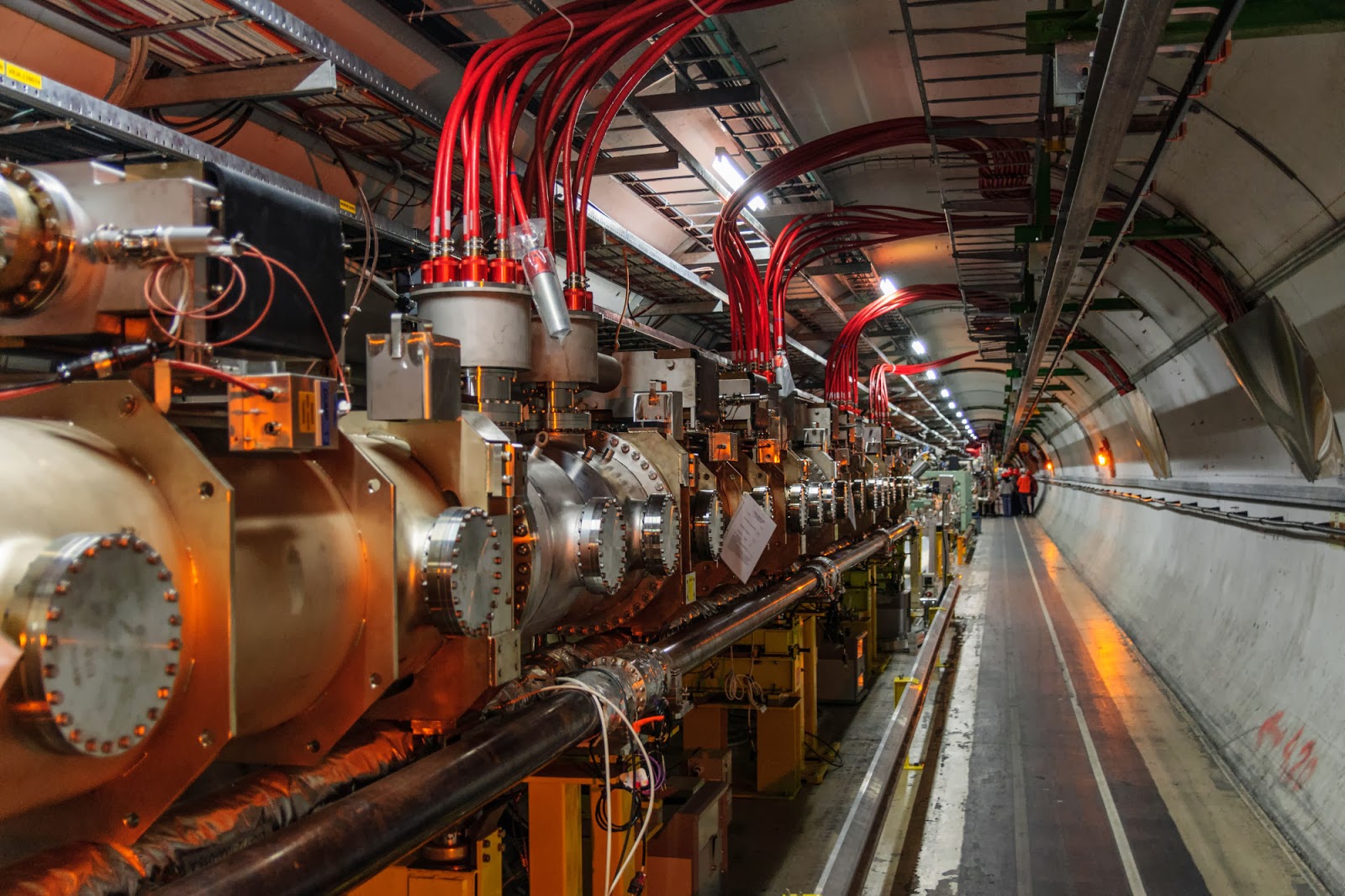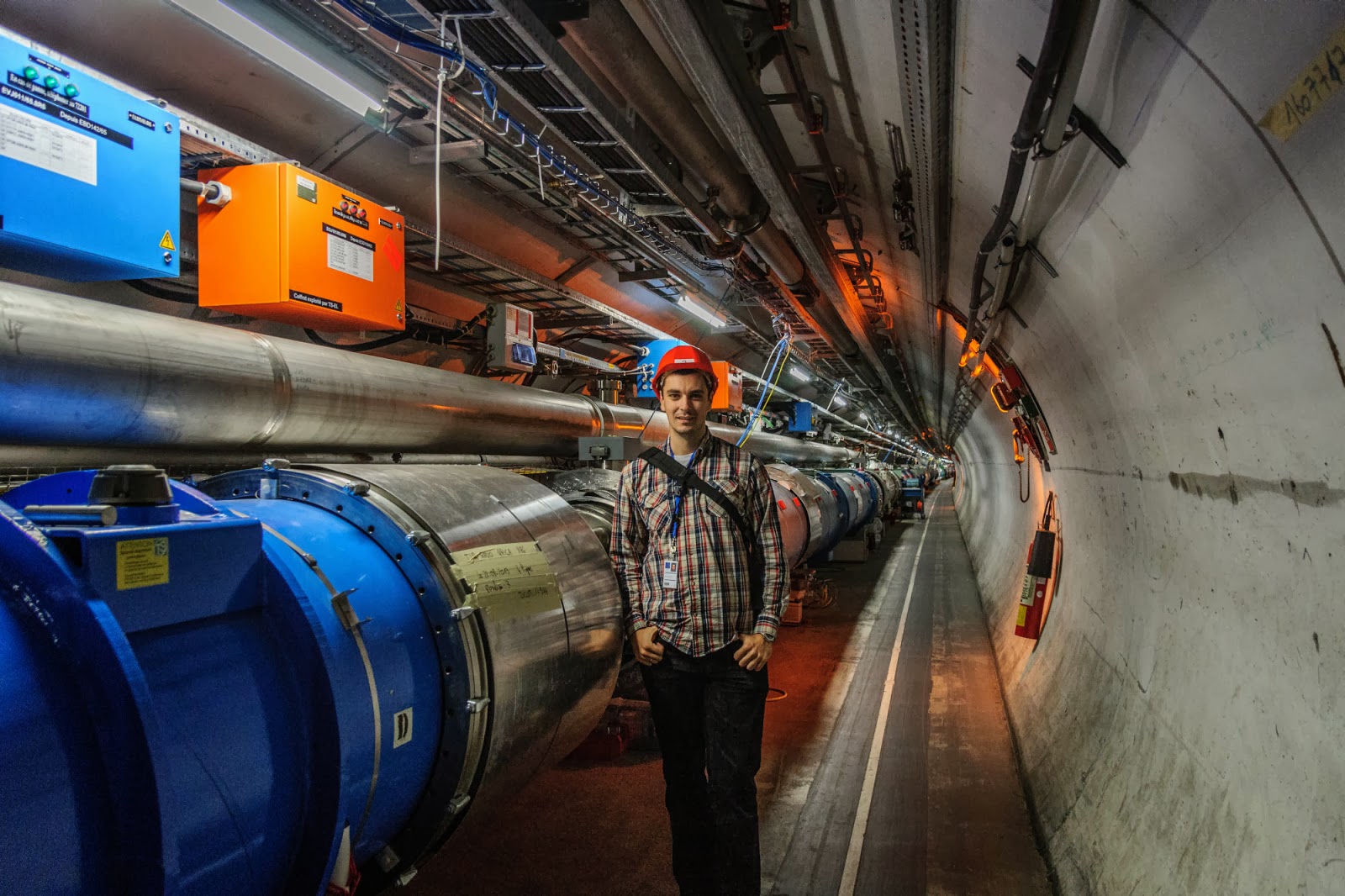What to do when weather is rainy and „on foot” mobility is reduced? I asked myself that question on the gloomy weekend and decided to have a „waterfall excursion”. There are just so many of them in the neighbourhood – easily accessible by car. Not discouraged by the rain (which later turned into actually nice and warm weather), we set off to discover the beauties of French nature.
We started with Pain de Sucre cascade. I need to say, it was pretty awesome. It felt a bit like we were in a fairy-tale forest full of magic. Dark colours, soft drizzle and a waterfall you basically can walk around and hide yourself at its back. The only thing missing was a cave with a treasure 🙂 We really enjoyed the view as well as the humming sound of water.
Next stop: Cascade de Cerveyrieu. The water of river Seran falls down for around 60m to meet rocks on the ground and splash with great rumble. We watched it happen from the top, with a nice view on the valley.
Waterfall number 3 – Cascade de Claire Fontaine – was situated well in woods, but we managed to reach it by car and needed just a few steps up to see this beauty. I imagine it must be even prettier in spring or late autumn, when there is more water falling. Anyway, there is something ethereal about the waterfalls, is it the levitating mist? Perhaps gentle or aggressive roar of water? Crudity of rocks? Softness of moss? I don’t know, but for me they are enchanting.
Lastly, we saw Cascade de Glandieu, situated in the centre of a small French village. Although it was the biggest of all we had seen, it didn’t make such an impression on me. Perhaps the proximity of agglomeration stripped the waterfall from its charm? Other possibility, we had had enough of cascades for one day. I mean, don’t get me wrong – it was really nice, it’s just that we liked the other three better. Anyway, we stayed for a while in the village to have a meal in a restaurant and went back home.



















































